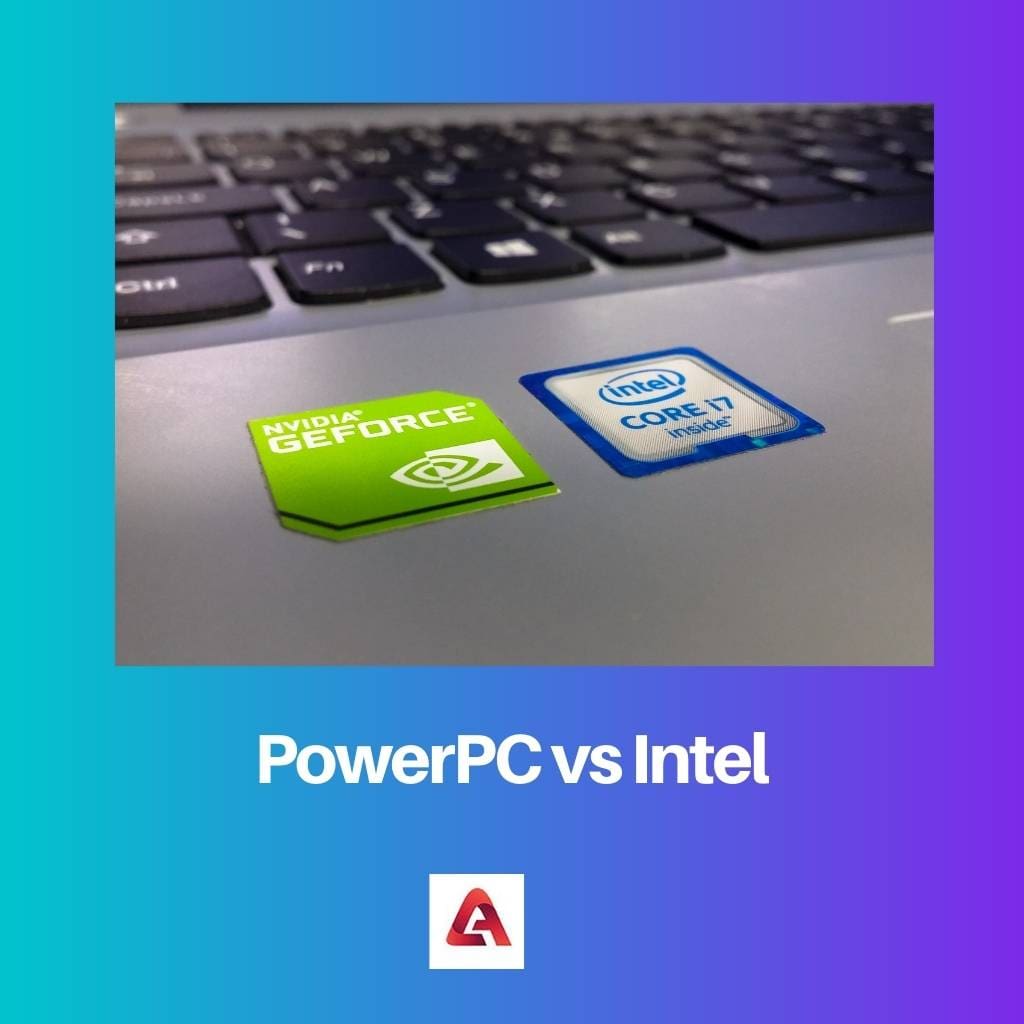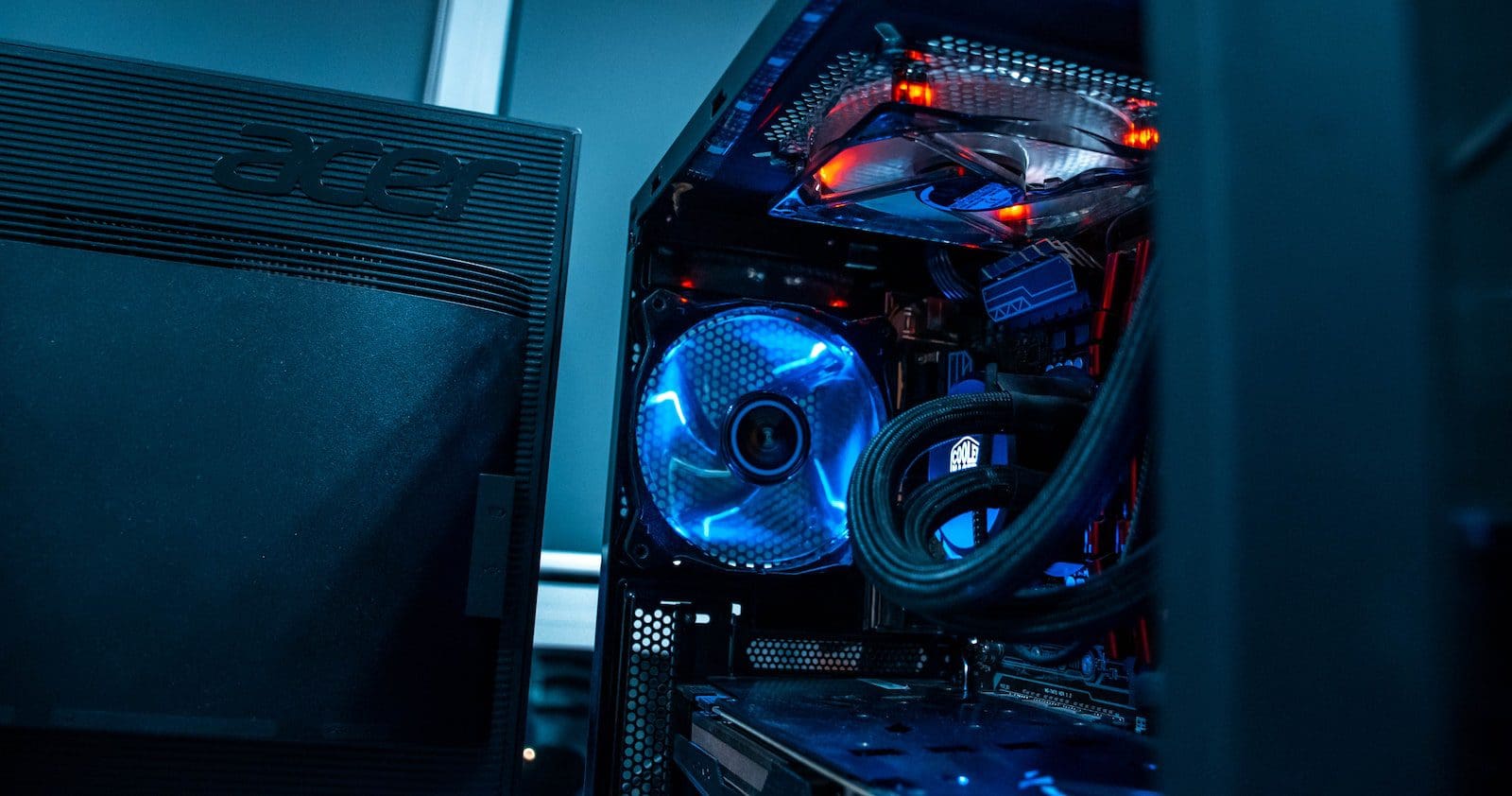Apple changed PowerPC to Intel in the year 2006. This transition of the microprocessor made the public choose between these two processors. PowerPC is developed by three major companies Apple, IBM, and Motorola.
Apple products use PowerPC. It had brilliant performance and was faster than PowerPC.
Key Takeaways
- PowerPC processors were developed by IBM, Motorola, and Apple, while Intel processors are designed and manufactured solely by Intel.
- PowerPC processors were commonly used in Apple Macintosh computers until 2006, while Intel processors are currently used in most personal computers.
- PowerPC processors are known for their superior performance in certain areas, such as multimedia and graphics, while Intel processors are considered more power-efficient and cost-effective.
PowerPC vs Intel
The difference between PowerPC and Intel is PowerPC is a microprocessor that uses a RISC instruction set, whereas Intel uses a CISC architecture set. Apple, IBM, and Motorola develop PowerPC. Intel uses CISC architecture which has huge different complex instructions.

PowerPC is a cheap microprocessor that has RISC architecture. The processor is busy all the time in RISC architecture.
PowerPC has a broad range, simple design, and good architectural features. It has a 64-bit architecture. The mode can be changed at any time. 8-bit bytes are taken by memory.
Apple made a huge change when it switched from PowerPC to Intel. Intel is based on Nehalem-based architecture. Intel chips are more efficient.
It had brilliant performance and was faster than PowerPC. It supports hyperthreading in many devices.
It has the most advanced technology used in it. The chips undergo numerous tests to prove that the chip can get through all types of circuits.
Comparison Table
| Parameters of Comparison | PowerPC | Intel |
|---|---|---|
| Definition | Cheap microprocessor | Chip with greater performance |
| Architecture | RISC | CISC |
| Clock Rate | 1.6GHz | 3.47GHz |
| Basis Of Architecture | Power-based architecture | Nehalem based architecture |
| Speed Per Instruction | Slow | Fast |
What is PowerPC?
PowerPC supports RISC architecture. It keeps the processor very busy every time. Floating-point registers have separate sets.
Halfword has two consecutive bytes, the word is four bytes, and the double word is eight bytes. Virtual Address Space can be used to write PowerPC programs.
Registers are present in the architecture. Data and addresses can be stored and manipulated using general logs.
It consists of 32 general registers. The floating-point unit is present for computation. There are different types of allocations which include 8, 16, 34 and 64-bit binary numbers.
It has some instruction sets in which there are rules to follow. Decode the instructions by the first 6 bits, called primary opcode.
The remaining contain fields hold specifiers, immediate, and many more reserved bits. The structure is very complex in PowerPC.
It has two types of approaches for input and output operations. One is through address space, and the other is through memory management.

What is Intel?
Intel has changed rapidly in the last fourteen years. It is an American corporation company situated in California.
The power consumption in Intel is very high. The QPI (Quick Path Interconnect) allows faster communication with the CPU.
Apple made a huge change when it switched from PowerPC to Intel. Intel is based on Nehalem-based architecture.
Intel chips are more efficient. It had brilliant performance and was faster than PowerPC. It supports hyperthreading in many devices.
Fabrication is the process by which computer chips are made. The chips undergo numerous tests to prove that the chip can get through all types of circuits. It was tested several times under different procedures, making it suitable to deliver power and fit for all kinds of connections.
After all the test has been made, it is placed in the position in the motherboard or other devices. It ensures quality.

Main Differences Between PowerPC and Intel
- Intel processors work faster than PowerPC.
- The clock rate of Intel is 3.47 GHz, whereas the clock rate of PowerPC is 1.6 GHz.
- Intel has high power consumption as compared to PowerPC.
- PowerPC is based on Power-based architecture, whereas Intel is based on Nehalem-based architecture.
- PowerPC’s main feature is RISC computing, whereas Intel’s is QPI technology.


